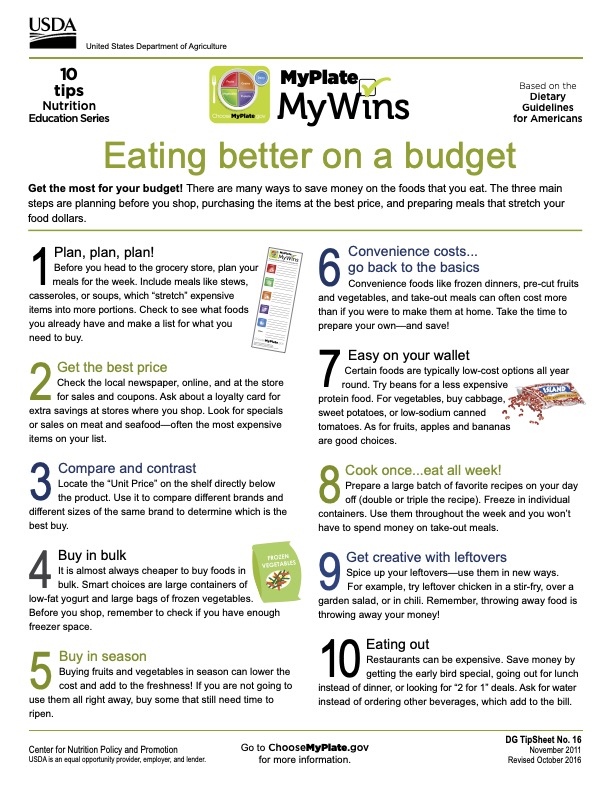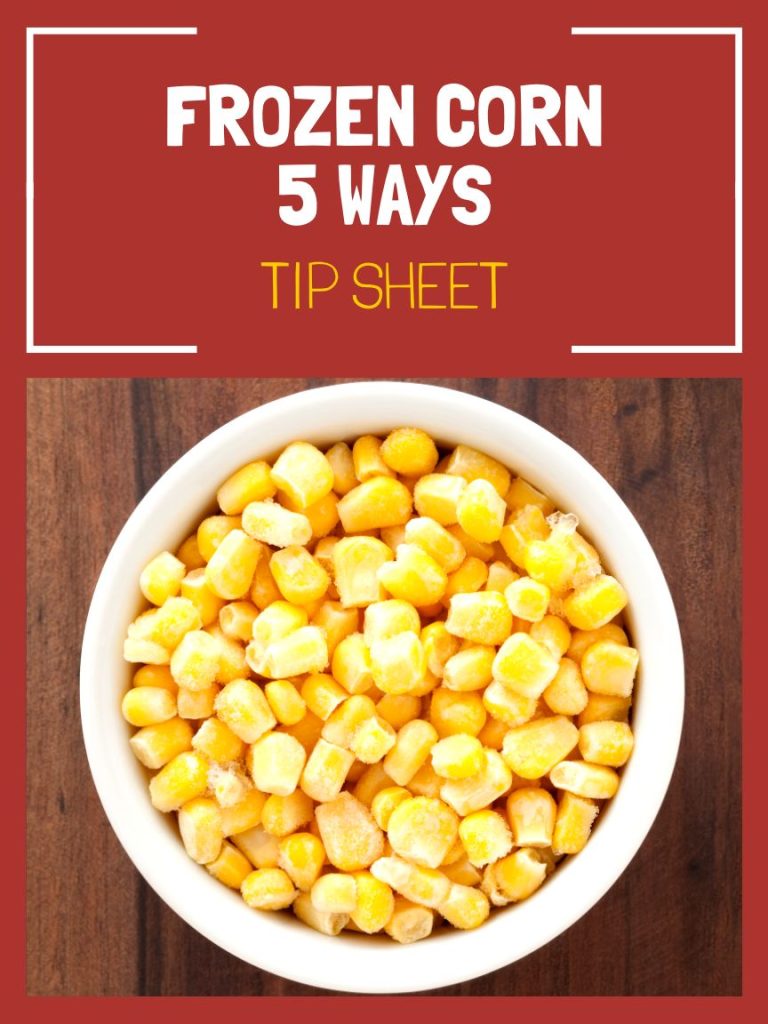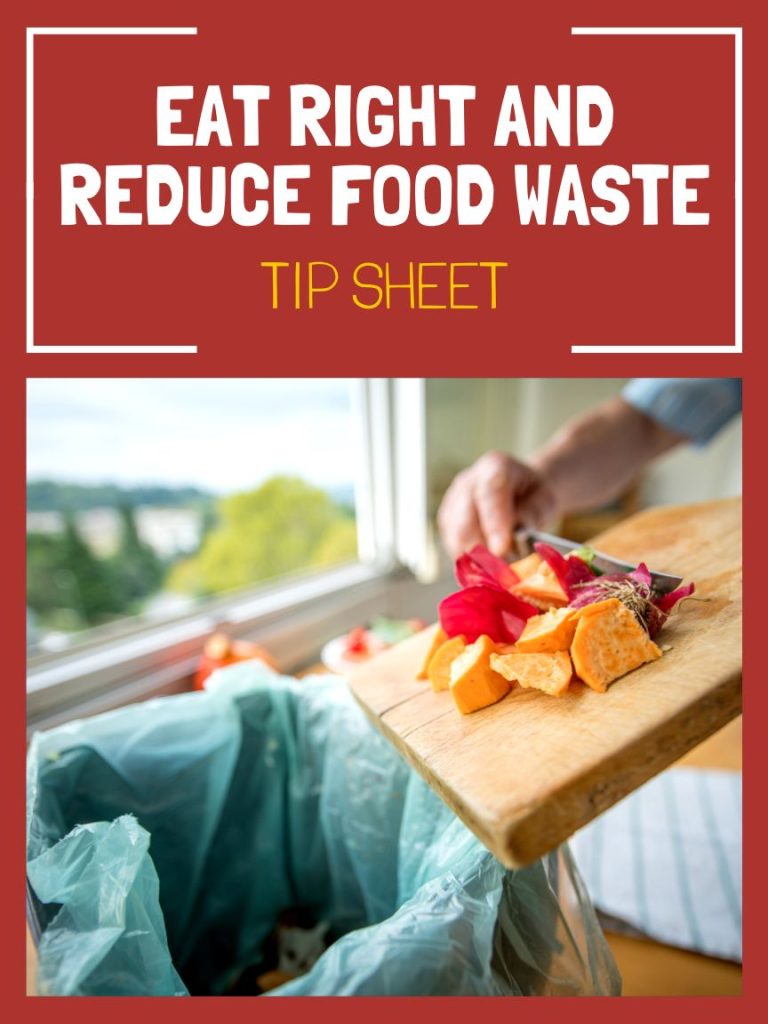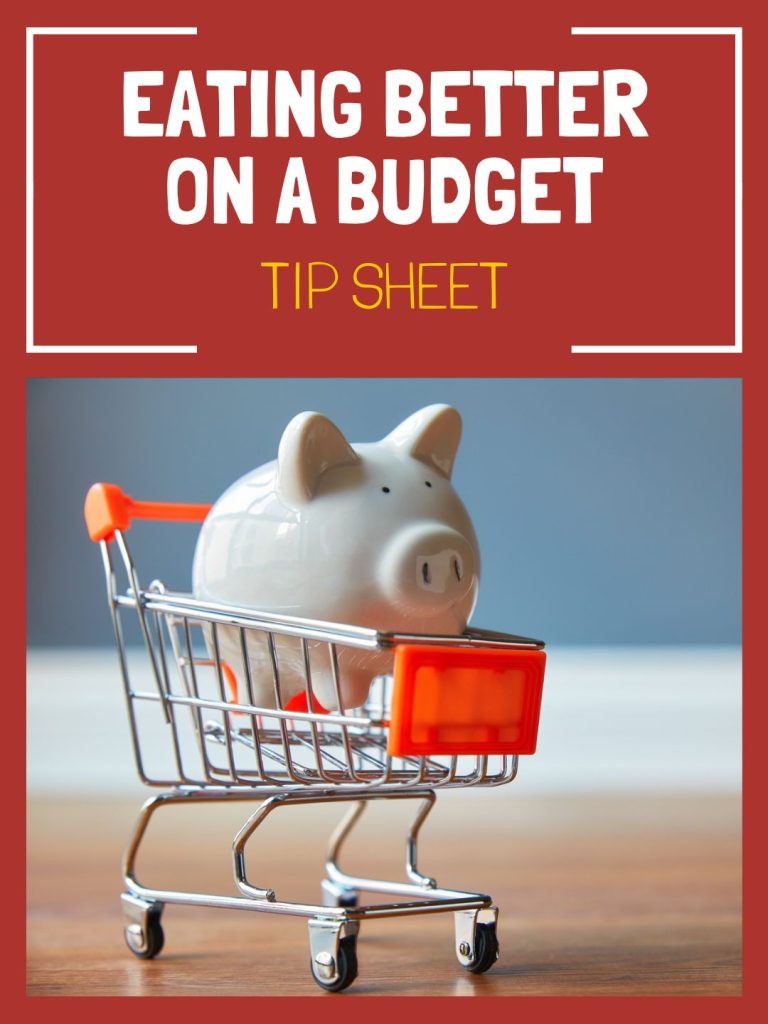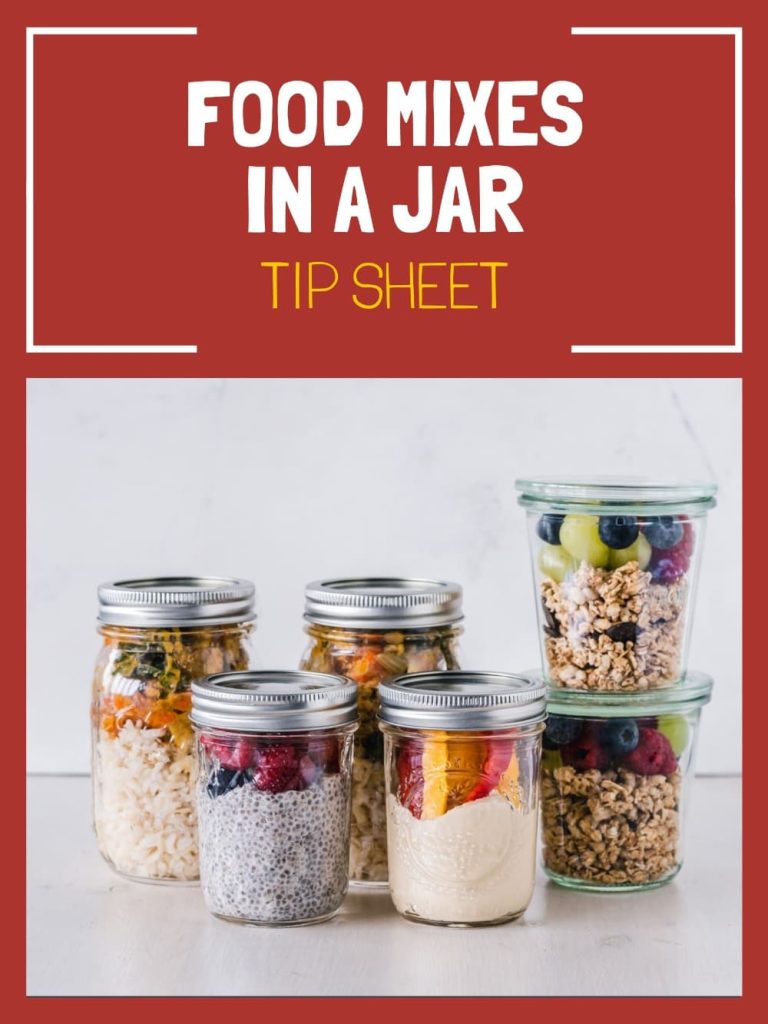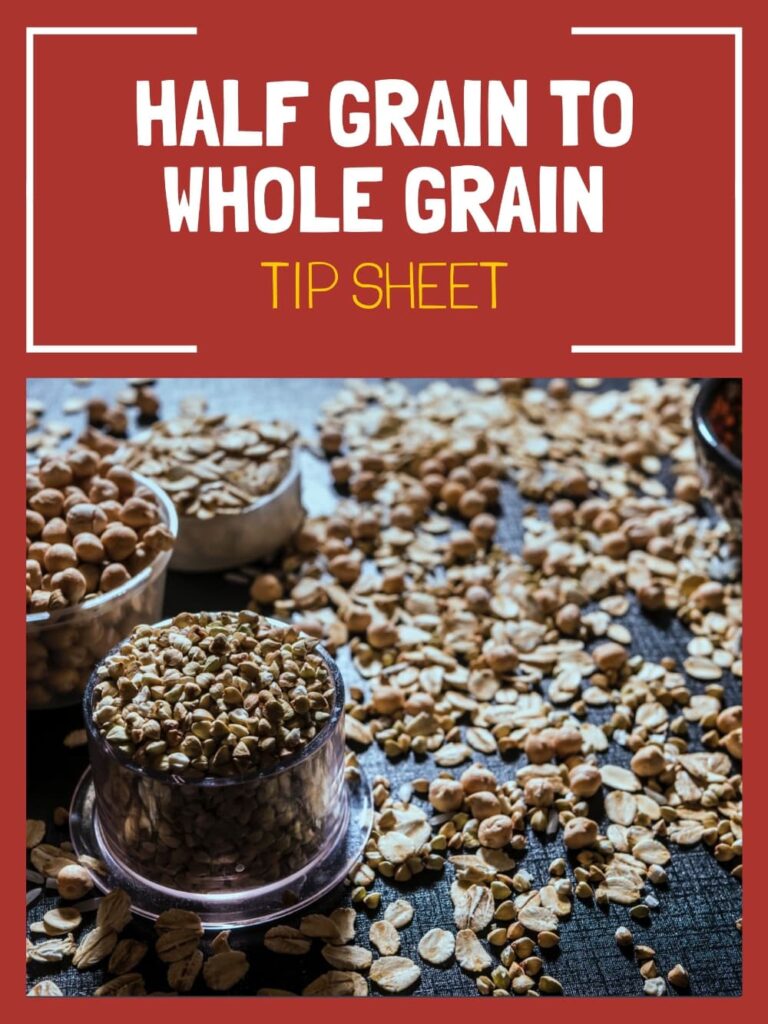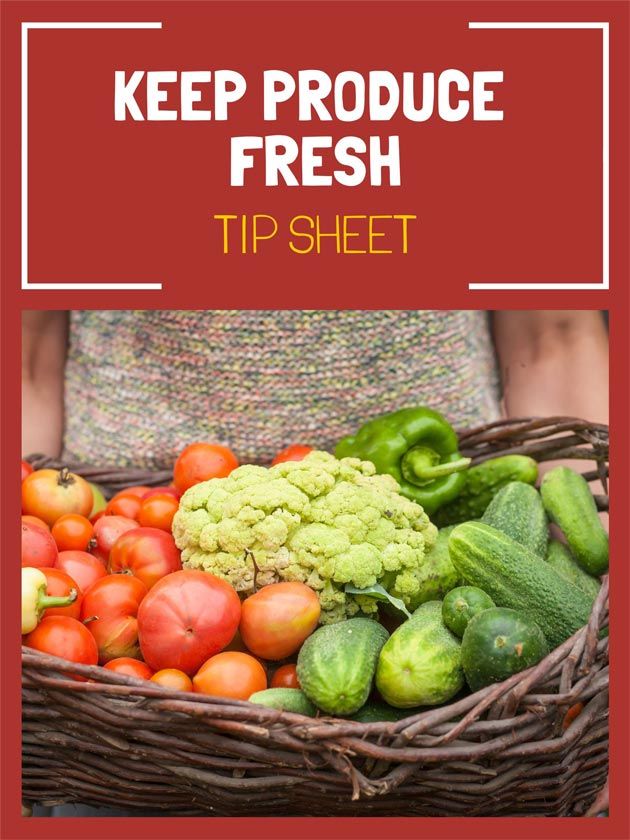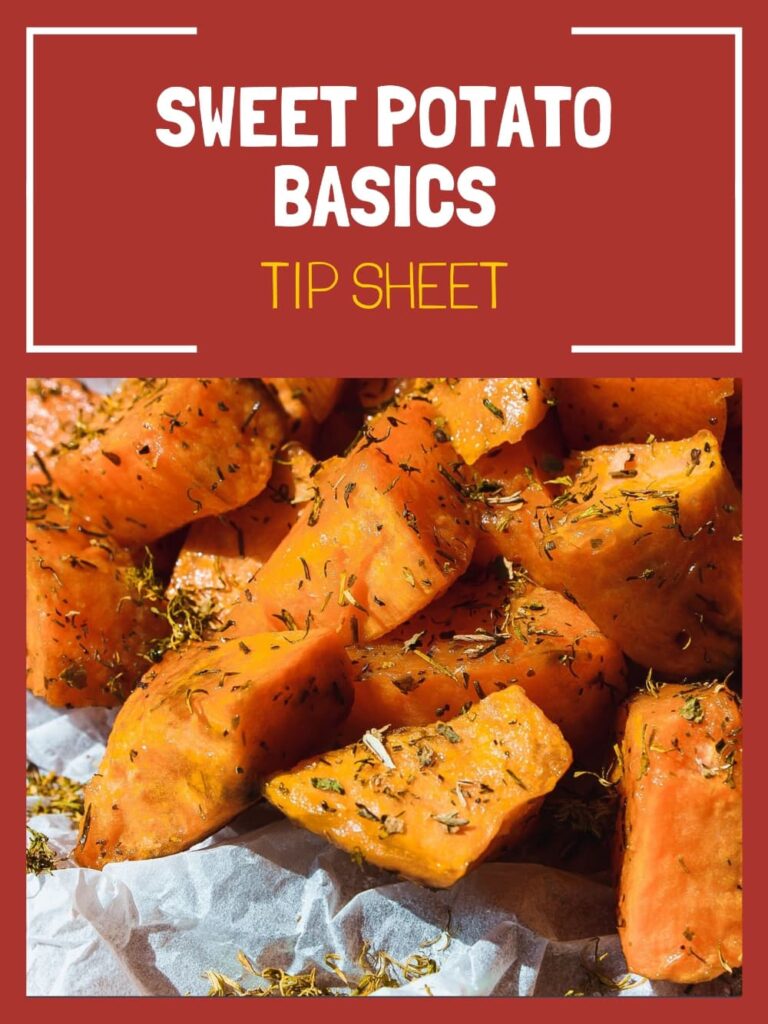Eating Better on a Budget
Are you looking to eat healthier without breaking the bank? Here are 10 tips for eating better on a budget. Not only will you be able to save money, but you’ll also be able to enjoy delicious and nutritious meals that will help you feel and perform your best.
Download the PDF, available in English and Spanish, and start eating better for less!
Tips for eating better on a budget
- Plan, plan, plan! Before you head to the grocery store, plan your meals for the week. Include meals like stews, casseroles, or soups, which “stretch” expensive items into more portions. Check to see what foods you already have and make a list for what you need to buy.
- Get the best price. Check the local newspaper, online, and at the store for sales and coupons. Ask about a loyalty card for extra savings at stores where you shop. Look for specials or sales on meat and seafood—often the most expensive items on your list.
- Compare and contrast. Locate the “Unit Price” on the shelf directly below the product. Use it to compare different brands and different sizes of the same brand to determine which is the best buy.
- Buy in bulk. It is almost always cheaper to buy foods in bulk. Smart choices are large containers of low-fat yogurt and large bags of frozen vegetables. Before you shop, remember to check if you have enough freezer space.
- Buy in season. Buying fruits and vegetables in season can lower the cost and add to the freshness! If you are not going to use them all right away, buy some that still need time to ripen.
- Convenience costs… go back to the basics. Convenience foods like frozen dinners, pre-cut fruits and vegetables, and take-out meals can often cost more than if you were to make them at home. Take the time to prepare your own—and save!
- Easy on your wallet. Certain foods are typically low-cost options all year round. Try beans for a less expensive protein food. For vegetables, buy cabbage, sweet potatoes, or low-sodium canned tomatoes. As for fruits, apples and bananas are good choices.
- Cook once…eat all week! Prepare a large batch of favorite recipes on your day off (double or triple the recipe). Freeze in individual containers. Use them throughout the week and you won’t have to spend money on take-out meals.
- Get creative with leftovers. Spice up your leftovers—use them in new ways. For example, try leftover chicken in a stir-fry, over a garden salad, or in chili. Remember, throwing away food is throwing away your money!
- Eating out. Restaurants can be expensive. Save money by getting the early bird special, going out for lunch instead of dinner, or looking for “2 for 1” deals. Ask for water instead of ordering other beverages, which add to the bill.
Learn how to save money with our helpful tip sheets!
Tagged save money

